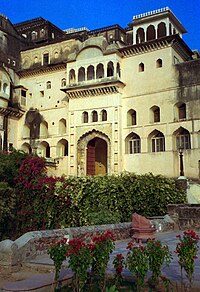Restoration process

The modifications made to the ruins to retain a consistent design include basic amenities like plumbing and air-conditioning hidden from view, and designing 19th-century rooms in the colonial style [5] They call their hotels "non-hotels", to emphasise this design. [6] The buildings are restored in phases, with revenue from guests of restored parts being used to restore the rest. [7] Along with their practice of using local artisans and materials, this keeps costs low, and their hotels break even in two to three years rather than the industry average of seven to eight. [2]


